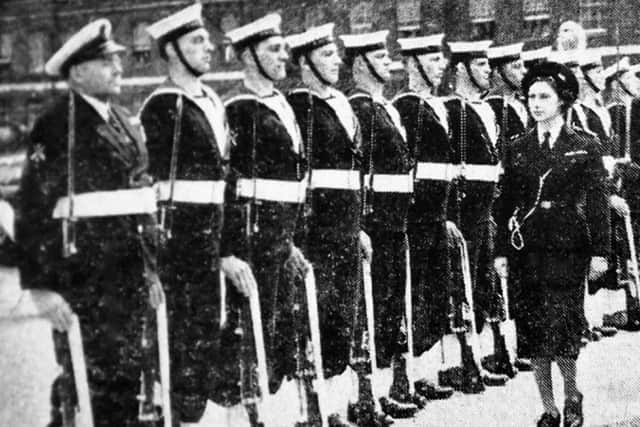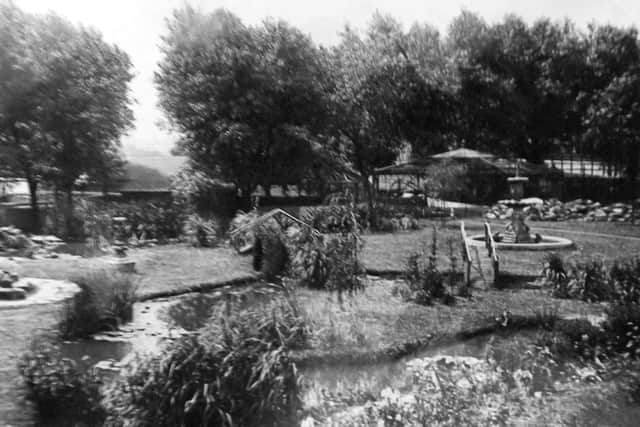The might of the Royal Navy – enough to make any lad want to join up – Nostalgia


Marvellous pictures like this make you realise why so many boys wanted to join the navy. Quite awe-inspiring. Mind you, being down below in such high seas could be frightening.
Battleships were a symbol of the Royal Navy’s dominance of the oceans and for decades were a major force in diplomacy and military strategy.
Advertisement
Hide AdAdvertisement
Hide AdHere four super-dreadnoughts are forming line astern with Ramillies believed to be nearest the camera. It is impossible to identify the others or when the picture was taken, but it’s likely to have been after the First World War.


Maybe the cameraman was on the stern of the remaining ship of the class as Ramillies was one of five Revenge-class battleships built during the 1914-18 war, the others being Resolution, Revenge, Royal Oak and Royal Sovereign, the latter built in Portsmouth Dockyard and completed in 1916.
They carried 900 men and were armed with four twin 15in turrets, 14 single six-inch guns and other smaller guns. Unusually for battleships, they also had four torpedo tubes. But they were slow with a top speed of only 21.5 knots.
Ramillies supported the Normandy landings in June 1944 and later that year the US/French invasion of southern France.
Advertisement
Hide AdAdvertisement
Hide AdBattleships became increasingly vulnerable to air attack, torpedoes and mines. Aircraft carriers became the fleet’s capital ships and swift technological advances in maritime warfare condemned this species of armoured dinosaur to extinction.


This photograph shows why they were the nation’s bulwark behind which people felt safe, protected by their mighty armament and size.
• This is what a Royal Guard should look like. Today we see lines of sailors from six footers at each end down to those of about 5ft 6in in the centre. It looks ridiculous. Here they are all the same height, shoulders back, stomachs in and looking as if one man has been repeated. Anyone recognise the woman?
• A while ago I published photographs of Whale Island’s zoo. There were also lovely gardens. Anyone remember them or even have a colour photo?
• A building that disappeared overnight, like so many in Portsmouth during the blitz, was the Monarch pub on the corner of Commercial Road and Charlotte Street.